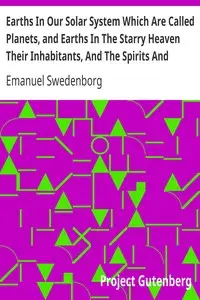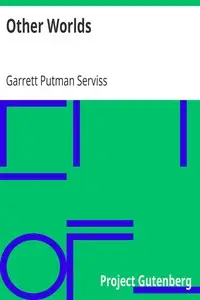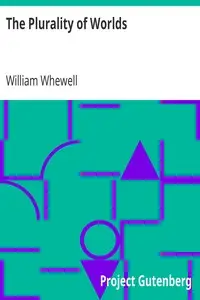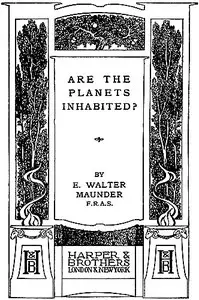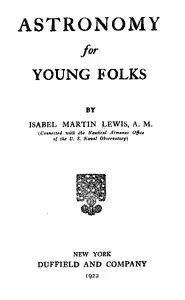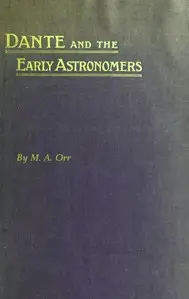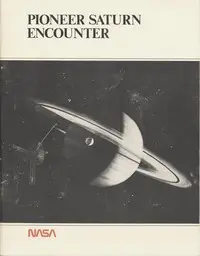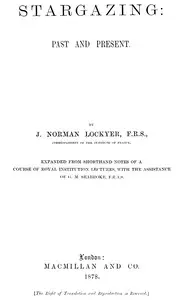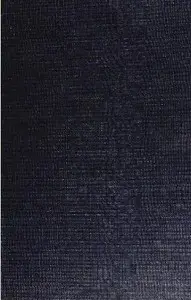"The Celestial Worlds Discover'd: Or, Conjectures Concerning the Inhabitants, Plants and Productions of the Worlds in the Planets" by Christiaan Huygens considers if life exists on other planets and the conditions that might support it. The book explores the idea that other worlds might have beings and resources like Earth. Huygens begins by thinking about humanity's place in the universe after Copernicus's theory. He argues that if Earth is just one of many planets around the Sun, then other planets could also have life. While he admits we can't know for sure, Huygens sees the search for knowledge about life beyond Earth as a worthwhile project. He invites readers to imagine a diverse universe, promoting his ideas about space and the possibility of life out there.
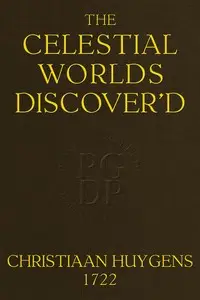
The celestial worlds discover'd : $b or, conjectures concerning the inhabitants, plants and productions of the worlds in the planets
By Christiaan Huygens
Venture into the cosmos and imagine planets teeming with life, as an early astronomer speculates on the inhabitants and resources of other worlds.
Summary
About the AuthorChristiaan Huygens, Lord of Zeelhem, was a Dutch mathematician, physicist, engineer, astronomer, and inventor who is regarded as a key figure in the Scientific Revolution. In physics, Huygens made seminal contributions to optics and mechanics, while as an astronomer he studied the rings of Saturn and discovered its largest moon, Titan. As an engineer and inventor, he improved the design of telescopes and invented the pendulum clock, the most accurate timekeeper for almost 300 years. A talented mathematician and physicist, his works contain the first idealization of a physical problem by a set of mathematical parameters, and the first mathematical and mechanistic explanation of an unobservable physical phenomenon.
Christiaan Huygens, Lord of Zeelhem, was a Dutch mathematician, physicist, engineer, astronomer, and inventor who is regarded as a key figure in the Scientific Revolution. In physics, Huygens made seminal contributions to optics and mechanics, while as an astronomer he studied the rings of Saturn and discovered its largest moon, Titan. As an engineer and inventor, he improved the design of telescopes and invented the pendulum clock, the most accurate timekeeper for almost 300 years. A talented mathematician and physicist, his works contain the first idealization of a physical problem by a set of mathematical parameters, and the first mathematical and mechanistic explanation of an unobservable physical phenomenon.




